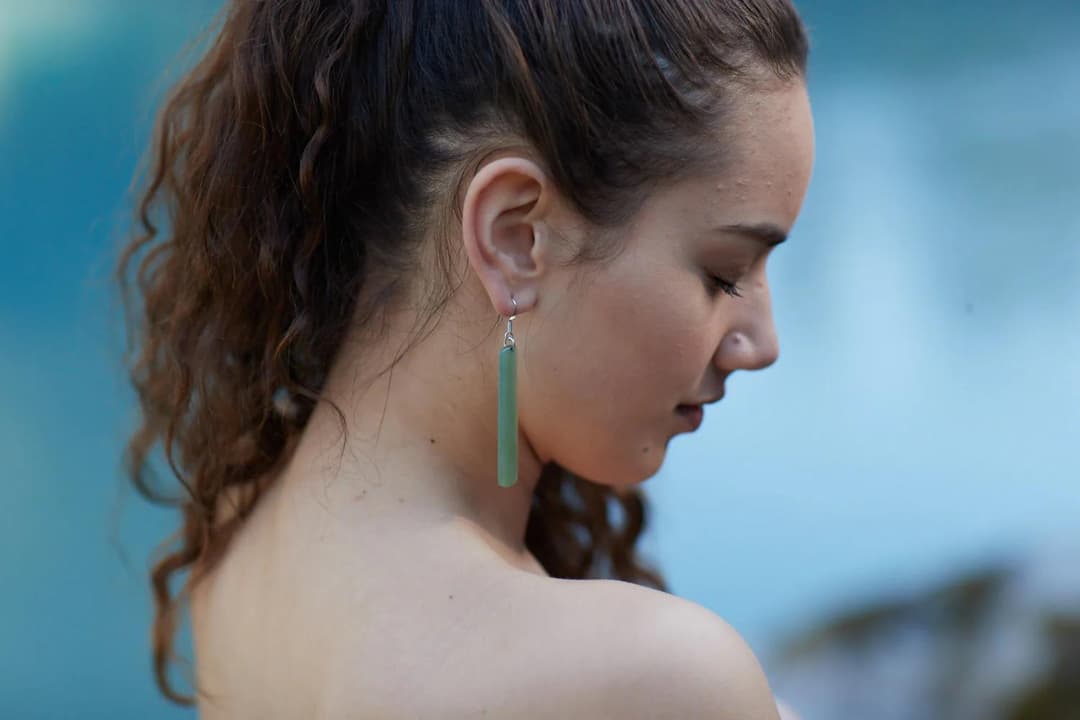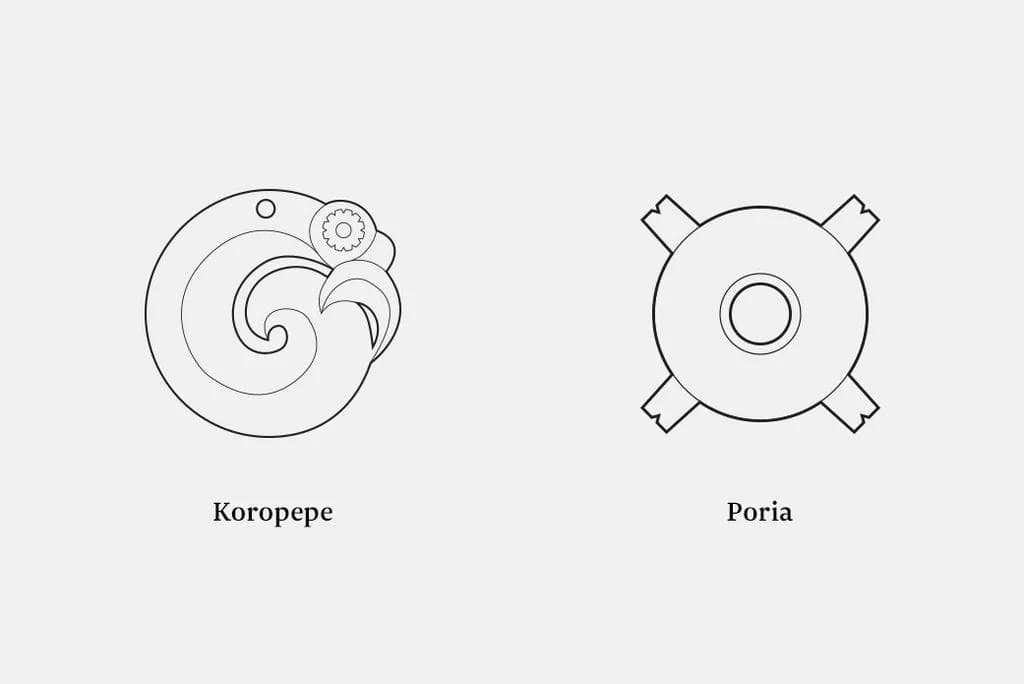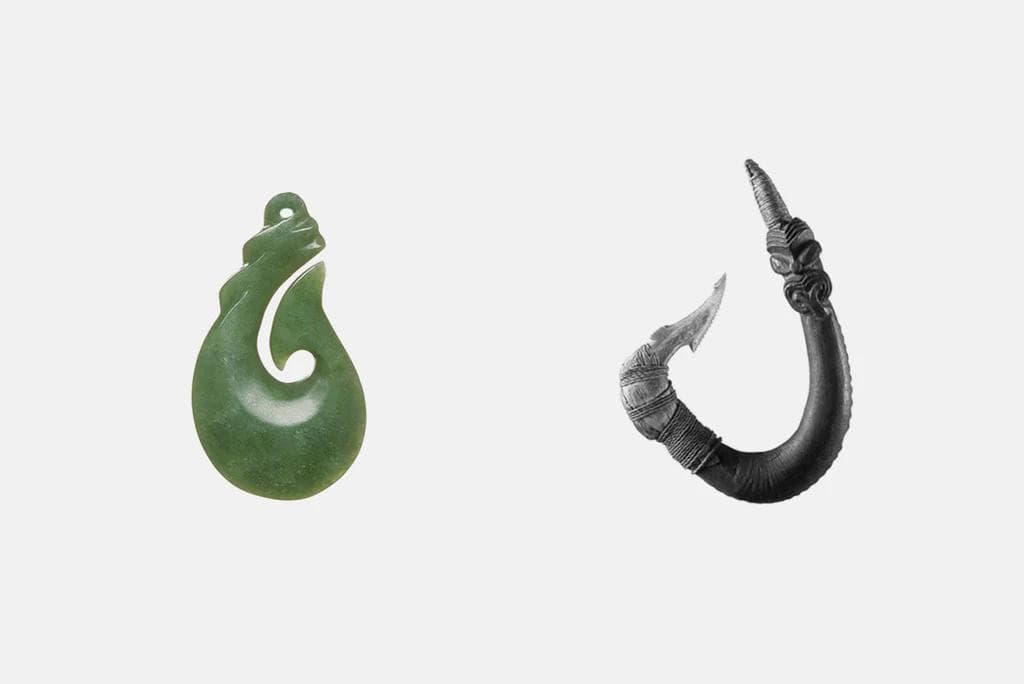02 Jun 2018

Jade earrings are an understated way to bring the precious stone into your life. Whether studs or drop earrings, jade creates a tie to the land and one's heritage. As a revered stone from around the world, jade holds its significance throughout a variety of cultures, including Māori.
Throughout Polynesia ears were pierced for wearing ornaments, for status and decoration. When the first Maori settlers came to New Zealand, they too brought this custom with them. Once in New Zealand, the Māori greater developed their ear ornaments over any other part of Polynesia. The wildlife, materials and most importantly pounamu, were the cause for this development of adornment, resulting in more complex designs and a variety of shapes and materials.
The men in the tribe were traditionally the ones who wore the large ornate pendants and carved earpieces. Māori earrings were crafted from a range of materials, from bone, stone, teeth and pounamu. They were also combined with more fragile and temporary elements. These included, feathers either as they were or as puhoi, which were white balls of albatross or gannet feathers rolled together. Alongside this, they often hung paper mulberry and other native leaves from their ears for adornment.
These details were often combined to create more complex earpieces where long polished drops of pounamu would be set off or inlaid with shark teeth or human teeth from departed loved ones. The most sought after tooth to have was that of the mako shark, with its double-fanged teeth, which were mostly found amongst the North Island tribes. In the South Island the teeth most frequently used were more triangular in shape and from a variety of origins.
These traditional Māori ear pieces were found in a variety of shapes and designs, often similar to those found in pendants and each received their own name for the style and shape.
The straight ear drops, which are a popular style that we have adapted for the modern day, were termed kuru. If they had a slight bend at the end these were called kapeu.

Some of the more elaborate forms consisted of styles such as poria, which resembled the foot of a parrot. A stranger form that was often used was called the koropepe, which was a form with a small head and a curled body and tail, much like a spiral. Other earpieces similar to this style have also has been found in New Guinea, suggesting it may have originated further abroad.

Another traditional, valuable and complex earpiece style, which we often sell in pendant form, is the pekapeka. This consists of two symmetrically placed heads in profile position. In pre-European history, these were often depicted as human, though differed from the Hei Tiki. When carving these in later times they have become more animalistic in style, often depicting birdlike forms.

A traditional and well-recognised design style for the ears was also that of the Hei Matau. Some accounts say that many Maori’s would place their practical fishing hooks in their ears for safe keeping when they were not being used. This then changed into also being used for adornment, in both the ears and on the chest.

Although earrings are often perceived as more feminine in the modern day, many of our designs also lend themselves to be unisex. We have a range of small delicate designs as well as slender and enigmatic drop styles. Greenstone earrings are a way to embrace Māori and New Zealand culture, tradition and heritage. In a modern day context, we have pieces inlaid with silver and gold, with a variety of beautiful stone options.